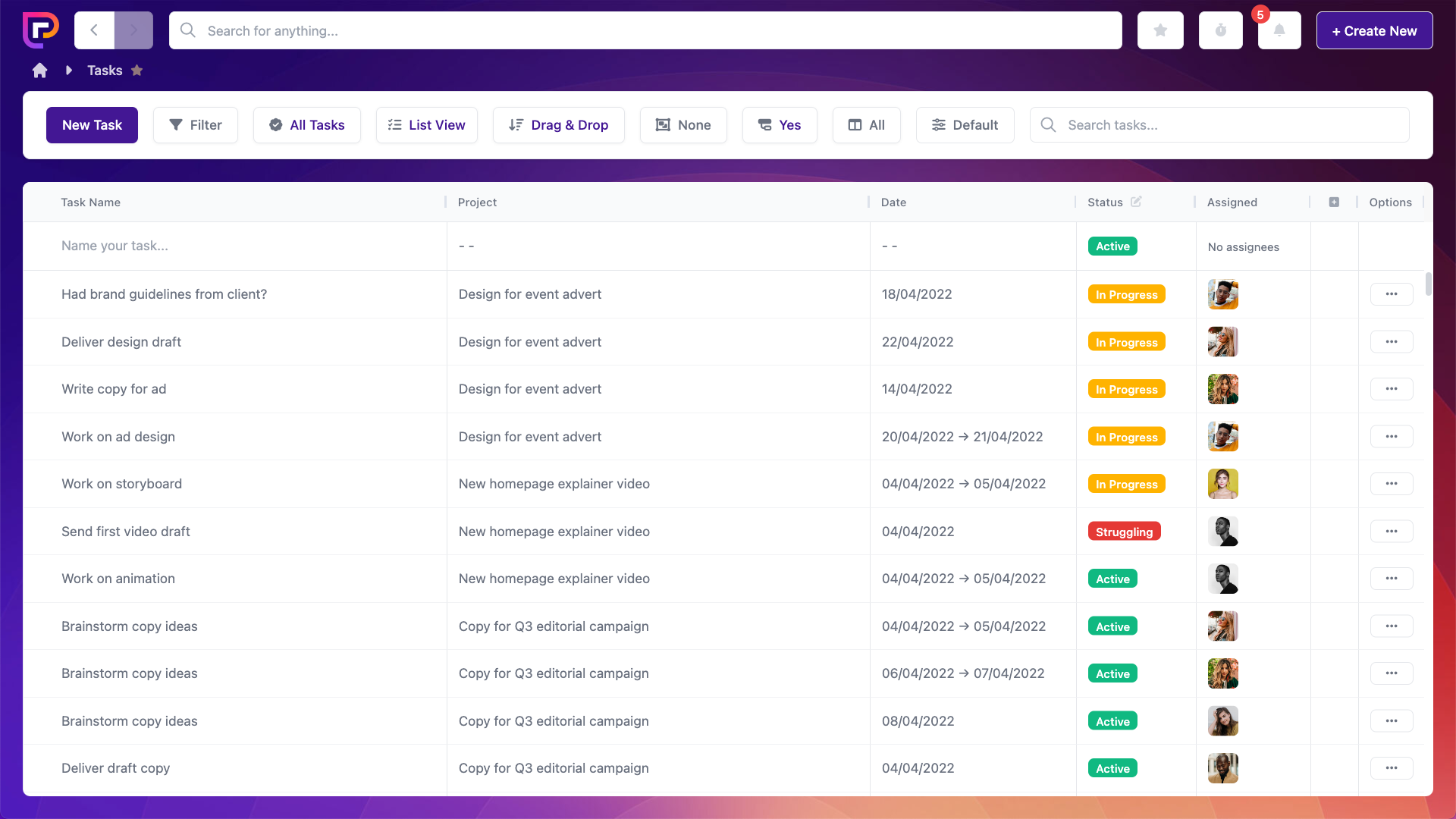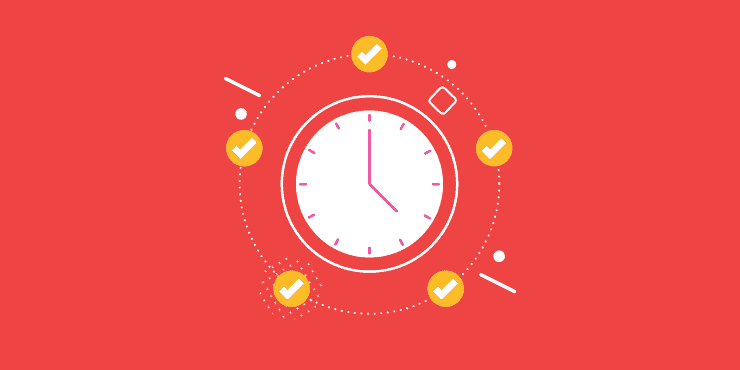Last updated on 18th June 2024
Imagine that when you woke up this morning $86,400 had been deposited into your bank account.
It’s not a mistake or a trick. It’s yours. The only catch is that tomorrow it will be removed and you’ll never be able to get it back.
You’re probably going to spend as much of it as you can, right?
Now let’s look at this from a different perspective. We’re given 86,400 seconds every single day – and once they’re gone, they’re gone.
That’s why time management is SO important!
In this article, we’re going to go through 5 of the BEST time management strategies that you can use to get the most out of every single second…
1. Divide your day into manageable chunks
Dividing up your day, also known as ‘time blocking’, is a great way to visualise what you’ve got to do and ensure you have enough time to do it.
Time blocking is useful for pencilling in your day-to-day tasks, but it can also help you chip away at bigger goals you have for the future.
Here’s an example of a full day’s schedule using time blocking with the Google calendar app:

As you can see, every minute of the day is accounted for. There are even windows for lunch and checking emails.
This is important because it will help to keep your focus on the task you’re working on. For example, while working on Project B you should be able to resist the urge to check emails because you have time allocated to do that later.
Two of the most important tasks in the above image are ‘setting an intention’ and ‘reflecting on the day’.
With just 10 minutes, these tasks can make sure your day starts and ends in the best possible way.
Setting an intention will help you create a clear focus for the day. This can be something practical, like finally completing a big project you’ve been working on. Or it can be something small but effective, like committing to a positive attitude.
Similarly, reflecting at the end of your day can help you to improve how you manage your time in the future.
Think about what went well, and what didn’t go so well. And consider how you would do things differently next time.
This is also a great time to go through your task list. Pat yourself on the back for the tasks you ticked off, and remind yourself to move tasks that you didn’t complete onto the next day.
2. Give yourself time to procrastinate
When you’re trying to get the most out of your day, it may sound counter-intuitive to plan to procrastinate.
However, if you’re one of those people that just can’t help it, allowing yourself to procrastinate (guilt free!) can actually help your productivity.
According to Joseph Ferrari, a professor of psychology at DePaul University, as many as 20% of people may be chronic procrastinators. If this sounds like you then according to him:
So, instead of trying to fight your urge to procrastinate, you may find you’ll manage your time more effectively if you create short 5-10 minute slots especially for procrastinating.
While you’re working, make sure that the task at hand has your undivided attention. If you get the urge to check your social media accounts, or your emails, or google a random fact, don’t give in – wait until you’re allocated procrastination time.
This will ensure you give your all to your tasks and get the most out of your time.
If procrastination is something you really struggle with then the Pomodoro technique could help you even further. This is the process of breaking tasks into small, 30 minute chunks. You spend 25 minutes on and then have 5 minutes off to do whatever you want!

3. Use a project management tool
Where would we be without software?
We use it to work out (with the help of smart watches!), we use it to find our way around (thanks to Sat-Navs) and we use it to communicate with others (through emails, social media, and so on).
So it should come as no surprise that software, like project management tools, can help you to better manage your time.
A project management tool allows you to visualise the tasks that you need to complete for the day, the week, or even the year.

And, with a team project management tool like Project.co you can even assign different tasks to different team members and track the time spent on each project.
Project management software can help you to keep everything you need to manage in one place, while also helping you to better understand how your employees are managing their time, and which projects are the most profitable.
4. Quit multitasking
You may think that multitasking helps you to get more out of your day, but scientific research suggests otherwise.
That’s some pretty scary data! But, fear not. Here are some suggestions to help you avoid multitasking:
- Try time blocking – and make sure that you allocate enough time to each task
- Make use of ‘buffer time’ – this is time between tasks that will allow your brain to reset before you take on the next item on your to-do list
5. The Eisenhower Matrix
Past US President, Dwight Eisenhower, once famously said:
And thus, the Eisenhower Matrix was born. It looks a little something like this:

Tasks are split into four different categories:
- Important and Urgent
- Important but not urgent
- Urgent but not important
- Not urgent and not important
Splitting your tasks into groups like this will help you to decide what needs to be done now, what you can do later, and also what can be delegated to other people.
As a general rule, you should focus on the tasks that are in the the top-left first and then those in the top-right. Tasks that are ‘Urgent but not important’ should be delegated to team members, if you don’t have the time to personally get to them. And the same applies for tasks that are neither urgent or important, but of course this can be placed at the bottom of your to-do list.
Final thoughts
Now is the perfect time to start making changes that will improve your productivity and help you get more out of each and every day.
So sign up for our project management tool to start visualising and checking off your tasks!




